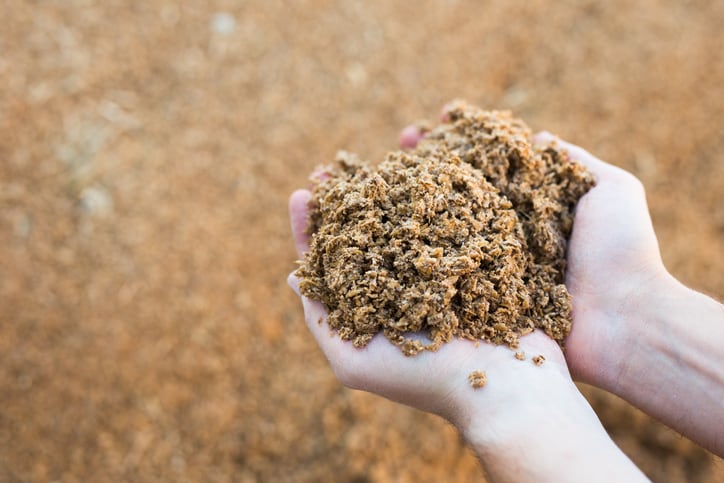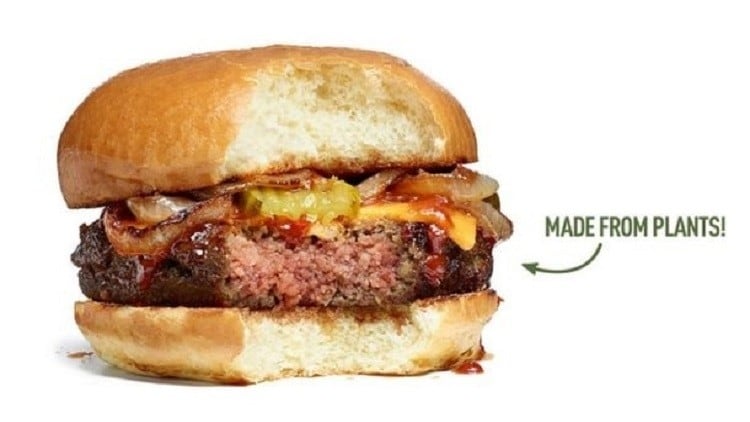In a randomised controlled trial (RCT) that was funded by the Ministry of Education, researchers from the National University of Singapore found that consumption of biscuits made from brewers’ spent grain (BSG) can help regulate blood sugar levels. Additionally, BSG that is fermented by Rhizopus oligosporus (RO), or tempeh mould, will have more nutritional benefits.
BSG is a by-product of beer brewing that is rich in fibre and protein. Fermenting BSG with RO increases its soluble fibre, protein, and antioxidants. Previous research has shown that nutrients rich in BSG can help manage blood sugar levels after meals (postprandial glucose response or PPGR) and the body's insulin levels after meals (postprandial insulin response or PPIR).
Therefore, the researchers hypothesised that BSG, particularly fermented ones (FBSG) affects blood sugar and insulin levels in people with metabolic syndrome (MetS).
“In conclusion, the consumption of BSG-incorporated biscuits can attenuate PPGR, and fermented BSG incorporation conferred a further PPGR controlling benefit,” wrote the researchers in Nutrients: Nutrition and Metabolism.
Biscuits are widely consumed due to their ease of consumption, long shelf life, high affordability, and palatability. However, they are commonly formulated with refined grains and tend to cause a rise in PPGR. Among the various factors affecting PPGR, fibre has been proven by numerous studies to modulate PPGR by slowing digestion, promoting insulin release, and decreasing glucagon release. Glucagon is a hormone that regulate glucose levels. BSG contains 41–59% dietary fibre, so incorporating BSG into biscuits may improve the nutritional profiles in biscuits and promote a desirable PPGR after consumption.
Previous studies have also indicated that the extract of dietary protein and antioxidant (phenolic) compounds from BSG exhibit potential in regulating PPGR. However, since the primary dietary fibre in BSG is insoluble fibre, the dietary protein and phenolic compounds are physically trapped in the insoluble dietary fibre. This may reduce the bioaccessibility of these nutrients, limiting the effectiveness of BSG in regulating PPGR after consumption.
A recent study found that fermenting BSG with RO can convert insoluble dietary fibre into soluble dietary fibre, which can then be fermented by gut bacteria, producing short-chain fatty acids that help regulate glucose metabolism. This stimulates the secretion of certain hormones (glucagon-like peptide-1 and peptide tyrosine tyrosine) and improves glucose metabolism. Therefore, eating biscuits made with FBSG may further improve PPGR.
At present, limited clinical research has been conducted to verify the potential benefits of BSG and fermented BSG-containing biscuits consumption on PPGR regulation, particularly in individuals with MetS. Hence, the researchers wanted to conduct an RCT on individuals with MetS to explore the PPGR and PPIR after consuming BSG and fermented BSG-containing biscuits.
The study
Fifteen participants with MetS were recruited from June to December 2022 in Singapore for a randomised, crossover, double-blinded study. They were of Asian descent and between 35 to 85 years old. Due to the study design and different study types (animal model, in vitro, and human), a minimum recruitment of 15 subjects is required, with a maximum recruitment of 19 subjects to account for a 20% dropout.
Participants had to return for three visits. Prior to each visit, they had to fast for more than 10 hours and to avoid taking high-fibre meals and alcohol the day before. During the trial period, they also had to stop any anti-diabetic, cholesterol-lowering and anti-hypertensive medications.
During the trial, participants had to consume a different batch of biscuits from their last visit. There was a seven-day washout period between each visit to clear out the effects of the previous batch of biscuits before they consumed the next one. There were three different batches of biscuits: autoclaved (sterilised) BSG (ABSG), fermented BSG (FBSG) and control biscuits (Control).
BSG was provided by Brewerkz Brewing Co. (Singapore) to produce ABSG. A mixture of RO spores and rice flour were added to ABSG to make FBSG. The control biscuits (Control), autoclaved BSG-containing biscuits (ABSG) and fermented BSG-containing biscuits (FBSG) were made with the same base recipe, with ABSG and FBSG made with a 30% wheat flour substitution of autoclaved or fermented BSG powder, respectively.
At the start of each visit, blood was drawn for glucose, insulin, and lipid panel analysis (analysis of specific types of fat in the blood). The participants’ breath samples were also collected and analysed for concentration of hydrogen and methane present to assess gastrointestinal bacteria fermentation.
After that, the participants had to consume a pack of biscuits (90 g) within 15 min. The timer was started on their first bite. Blood samples were taken at nine time-points for four hours after consumption: at the 15-, 30-, 45-, 60-, 90-, 120-, 180- and 240-minute marks.
Breath samples were also analysed at the end of each visit.
A noticeable difference was found in how glucose levels changed over time, especially at the 180-minute mark, where glucose levels were lower for those who consumed ABSG and FBSG compared to the Control group. Also, the total increase in glucose levels was significantly less with FBSG compared to the Control. Insulin levels were also lower after 180 minutes for both ABSG and FBSG compared to the Control group. However, there were no differences in blood lipid levels, breath gas measurements, or how hungry participants felt.
“Dietary fibre is extensively credited as the main reason for the improvement of PPIR, as its consumption is associated with increased insulin sensitivity,” said the researchers.
“Additionally, the antioxidants present in BSG, such as phenolic compounds and bioactive peptides, also contribute to the improvement in PPGR regulation.”
These antioxidants work by inhibiting α-glucosidase, an enzyme that breaks down complex carbohydrates into glucose. They also promote the use of glucose and the formation of glycogen, which helps the body use glucose more effectively.
The researchers acknowledged that the sample size was small, and that future studies should consider enlarging the study population to further understand the impact of BSG on glucose regulation. However, they were optimistic about the positive implications of this study on human health and the environment.
“In conclusion, BSG-containing biscuits have a higher nutritive value compared to commercial wheat-based biscuits, which can help to regulate postprandial glycaemic response in individuals with MetS. This study posits BSG as a promising source of value-added ingredient, and fermentation as a potential method for biovalorising food by-products to enhance their health benefits,” said the researchers.
Source: Nutrients: Nutrition and Metabolism
DOI: https://doi.org/10.3390/nu16060909
“Impact of Brewers’ Spent Grain-Containing Biscuit on Postprandial Glycaemic Response in Individuals with Metabolic Syndrome: A Crossover Randomised Controlled Trial”
Authors: Yujing Xu, Zi Ning Leong et al.



